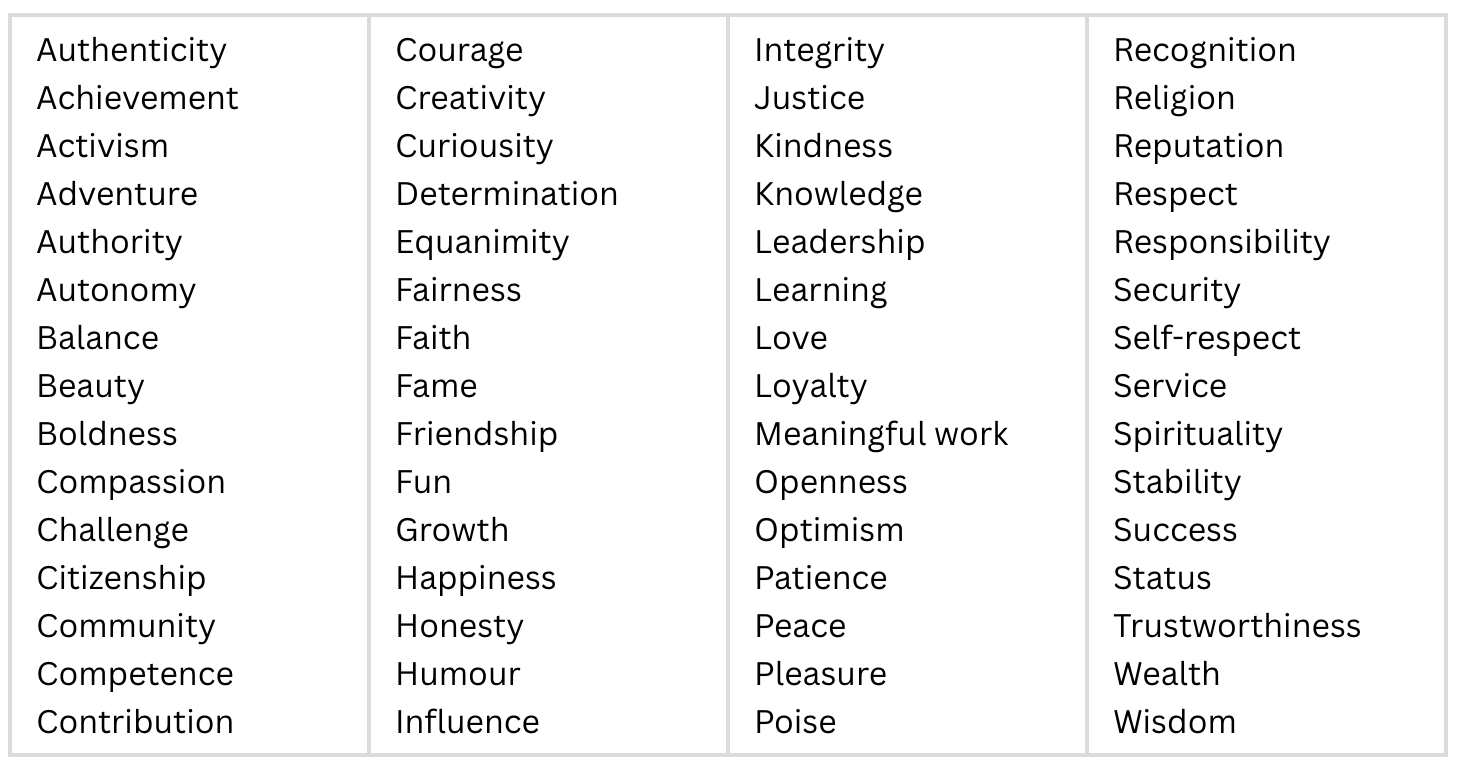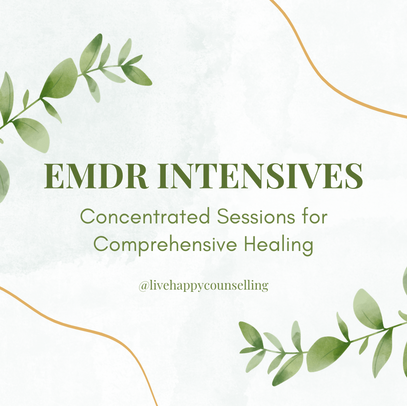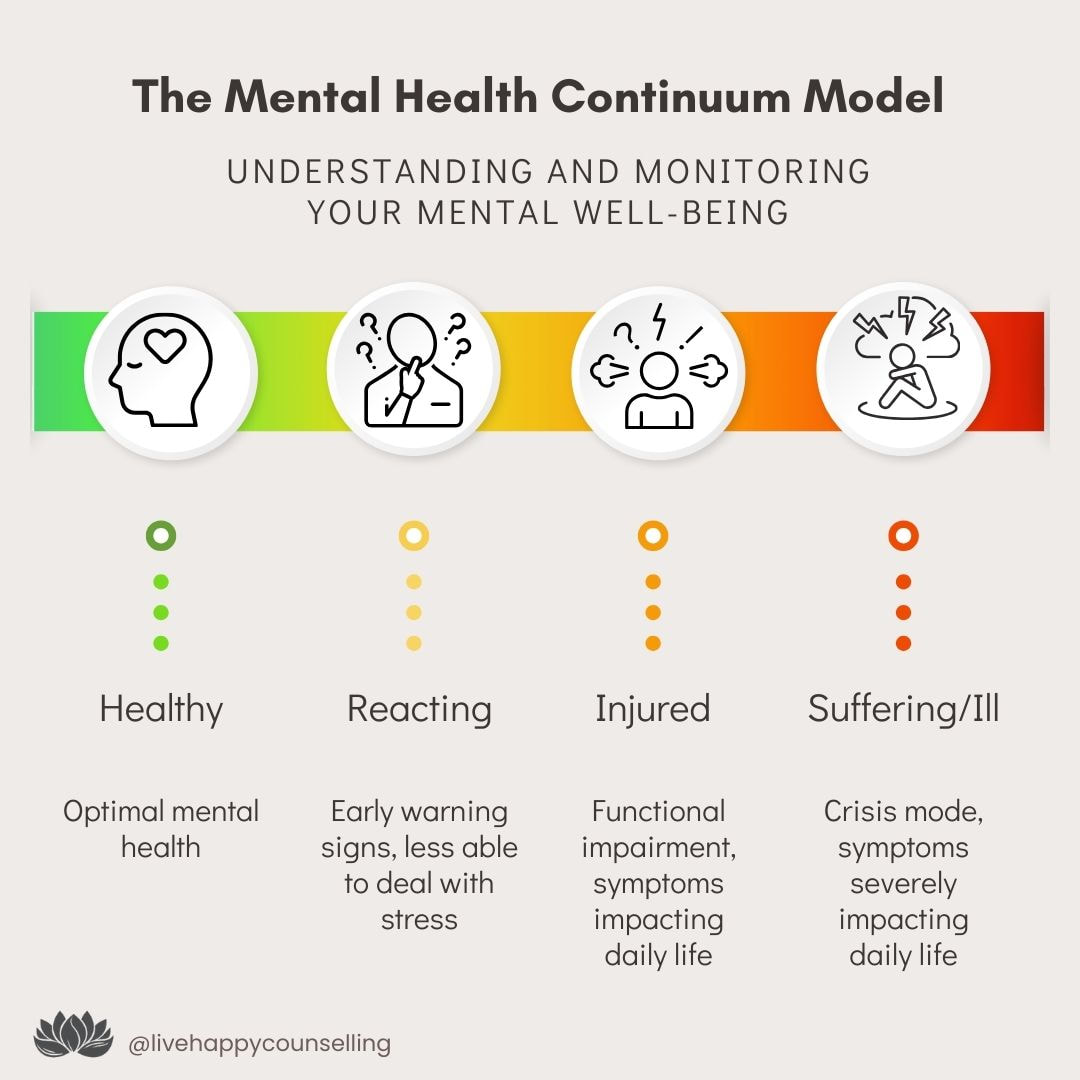|
Typically, EMDR therapy occurs in weekly or bi-weekly sessions over an extended period. However, EMDR Intensives offer a more concentrated and accelerated treatment option. In this article, I'll be discussing the utility of EMDR intensive sessions. EMDR TherapyTo understand EMDR Intensives, let's start with a brief recap of what EMDR therapy is. Developed by Francine Shapiro in the late 1980s, EMDR is a psychotherapy technique aimed at helping individuals process distressing memories and traumatic experiences. The goal of EMDR is to diminish the emotional impact of these memories, fostering healthier emotional coping. This therapy involves a structured eight-phase approach, where clients, guided by a trained clinician, identify traumatic memories, target negative beliefs, and engage in bilateral stimulation to desensitize and reprocess these memories. Check out these articles for more information about EMDR therapy: EMDR IntensivesEMDR Intensives offer an alternative to the traditional EMDR format, enabling clients to complete the therapeutic process more rapidly. Unlike the typical weekly or bi-weekly sessions, EMDR Intensives involve several hours of therapy per day, often across consecutive days. The duration and frequency varies based on individual needs and tolerance levels. For instance, in my private practice, EMDR intensive sessions might occur twice a week for a a few consecutive weeks. In addition to working in private practice, I am also a clinician with the Davidson Operational Stress Recovery Program. In this program, program participants attend EMDR sessions 3 to 4 times weekly for 4 weeks, with a break between the second and third weeks. The benefits of EMDR intensives are significant, with many clients experiencing substantial progress in a relatively short time. As an EMDR clinician, I have to say it is a privilege to witness the incredible progress made by the courageous clients I have had the honor of working with, both in my private practice and through the Davidson Operational Stress Recovery Program. Their commitment to setting aside time for their healing and mental wellness is nothing short of remarkable. When clients engage in EMDR intensives, they immerse themselves in a process that can often yield the kind of progress that might otherwise take months to achieve with traditional weekly or bi-weekly sessions. The acceleration of this healing journey is a testament to the format and efficacy of the intensive, and to the strength and resilience of the individuals who embark on it. Observing the transformation as clients reclaim their lives rapidly, often with newfound hope and strength, is a profound reminder of the powerful impact of counselling therapy can have. Key BenefitsFrom my experience, here are some of the key benefits I've come to notice in doing EMDR intensives since 2019:
Concentration of Treatment: EMDR intensives allow for a focused and intense healing process over a shorter duration. This can be particularly beneficial for those seeking rapid relief/progress. Deeper Exploration: The extended session length permits deeper engagement with trauma and emotional experiences, often leading to more profound insights and quicker resolution. Minimized Interruptions: At times engagement in therapy can be interrupted by life events, meaning one might go weeks and even months between sessions. EMDR intensives offer a continuous, uninterrupted therapeutic experience. Tailored Approach: EMDR Intensives are adaptable in format and duration, catering to the specific needs, emotional tolerance, and preferences of each client, ensuring a personalized treatment experience. Immediate Support During Processing: Given the intensity of the therapy, having immediate and continuous support from a clinician can be crucial if challenging emotions or memories arise, providing a safety net during the reprocessing phases. Potential for Reduced Overall Cost: While the initial investment in intensives might be higher, the condensed nature of the therapy can mean a reduction in the total cost over time compared to traditional weekly sessions. In sum, EMDR intensives can offer an accelerated route to healing for individuals facing trauma and mental health challenges. This condensed therapy format has yielded faster and more significant results for many clients, which, I believe, makes it an attractive option for those seeking relief from distressing memories and emotional pain. Send me a message or learn more at www.livehappycounselling.com. Please know that no therapy is one size fits all. There are many layers and approaches in counselling psychology and to people's complex experiences. This article is about EMDR therapy and may be of interest to those wanting to learn more about how this therapeutic modality can help them. As with any therapeutic approach, it's crucial to work with a qualified EMDR therapist who can assess your needs and guide you through the intensive process to ensure a safe and effective healing journey. References: Bongaerts, H., Van Minnen, A., and de Jongh, A. Intensive EMDR to Treat Patients With Complex Posttraumatic Stress Disorder: A Case Series. from the Journal of EMDR Practice and Research. (2017). Volume 11, Issue 2. Shapiro, R., Silk Forrest, M. (2013). EMDR: The Breakthrough Therapy for Overcoming Anxiety, Stress, and Trauma. Basic Books: New York. #EMDR #EMDRtherapist #counsellingpsychology #mindbodyconnection #emotions #counselling #counseling #therapy #EMDRclinician #therapist #traumatherapy #psychotherapy #livehappycounselling #psychotherapy #anxiety #trauma #operationalstress #emotions #emotionregulation
0 Comments
The Mental Health Continuum Model is a valuable framework for understanding and monitoring one's mental well-being. This short article will review each component of the model, and then outline 4 ways first responders and public safety personnel can utilize it as a means to monitor mental well-being. The Model Consists of 4 Colour-Coded Zones:🟢 GREEN: a state of optimal mental health; there’s no significant distress 🟡 YELLOW: early warning signs; when these symptoms and stressors emerge, they indicate the need for self-care and attention. For example, feelings of unease, anxiety, and irritability 🟠 ORANGE: functional impairment is more evident with symptoms that affect daily life. For example, sleep disturbances, difficulty regulating emotion, difficulty concentrating, or social withdrawal 🔴 RED: a state of emotional crisis. When things become overwhelming, it's crucial to seek assistance from professionals or support systems 4 Ways to Apply The Model in Your Daily Life:1️⃣ Self-awareness: Routinely check in with yourself. Are you in the GREEN, YELLOW, or beyond? Self-awareness fosters recognition of the early signs of stress, anxiety, or trauma, even before symptoms escalate. 2️⃣ Early intervention: At the YELLOW stage, take action! This might involve reaching out to a peer support network, speaking with a mental health clinician, and practising self-care techniques like mindfulness or exercise. 3️⃣ Normalize self-care: Know that seeking help is a sign of strength and courage, not weakness. When we embrace this perspective, we make it more acceptable to seek assistance and take breaks when needed, feeling supported rather than stigmatized. 4️⃣ Support network: Forge connections with colleagues and where it is safe to do so, share what you are experiencing. Doing so can strengthen your support network - a network that is instrumental in offering assistance and promoting a culture of understanding and empathy within your profession. Isolating self is a symptom of being overwhelmed - notice this behaviour as a sign that something needs to change and seek assistance when necessary. This model encourages self-awareness and proactive steps to maintain one's mental health, offering a practical guide for individuals to recognize and address their mental state effectively. Let this model empower you to proactively manage your mental health, to recognize and address the earliest signs of distress. Use it to promote a culture of mental health awareness and self-care, because ultimately, that will contribute to your overall well-being and resilience. References: Mental Health Continuum Model credit: The Mental Health Commisson of Canada First Responder Health Training, Emergency Worker Health #FirstResponders #MentalHealthMatters #ProfessionalCare #YouAreNotAlone #MentalHealthContinuum #WellnessJourney #mentalhealthishealth #shareitdontwearit In the midst of our fast-paced world, we often find ourselves caught up in a whirlwind of distractions, daily hurdles, and those pesky little stressors that, when combined, can leave us feeling somewhat disconnected from what truly matters in our lives. It's almost as if we're running on autopilot, letting life happen to us rather than seizing the reins as the authentic creators and directors of our own destinies. When the scales of life tip towards imbalance, when stress creeps in, or when a general sense of dissatisfaction lingers, it's not uncommon to feel adrift from our core values. Our values are the quiet, underlying principles that define what matters to us. They're kind of like the invisible threads that weave the fabric of our existence. Values provide us with direction, acting as the framework upon which we build our lives. In moments when we stand at crossroads, uncertain of which path to choose, it's our values unfurl before us like a trusted roadmap, guiding us toward authenticity and purpose. So, as we welcome 2024, I extend a heartfelt challenge to you: let's endeavour to live each day steered by an awareness of what holds significance to us—your core values. Here's How:1. Identify your Authentic Values: Explore the following list of values, and choose the top 6 that represent your authentic values  2. Embody the Meaning: Dive deeper into the meaning of each value you selected: look up the definition of the word, and seek to understand its essence and significance. 3. Align your Choices and Actions: Ask yourself, what does it truly mean to embody this value? How can you infuse it into every facet of your daily existence? And, consider how you'll translate each of these values into daily action. Actions speak louder than words, after all. 4. Devise a Plan to Stay on Track: To be intentional with living your values, create a check-in routine. Whether it's once a week or once a month, this reflection is crucial. If you're concerned about forgetting, here are 3 suggestions for how to remember to check in:
A few final points to remember:
Living your values invites deeper self-awareness into all you do - you foster a greater sense of integrity with self, congruence, and fulfilment. I am so excited for the magic to unfold, as you create your daily life in ways that align with your values and aspirations. I'd love to hear what this exercise was like for you - leave a comment, or better yet, let me know what your top 6 values are!
|
AuthorSusan Guttridge is a trauma-informed Master level Counsellor with the clinical designation of Canadian Certified Counsellor (CCPA). She has 20+ years experience providing individual and group therapy. Archives
January 2024
Categories
All
|
||||||



 RSS Feed
RSS Feed